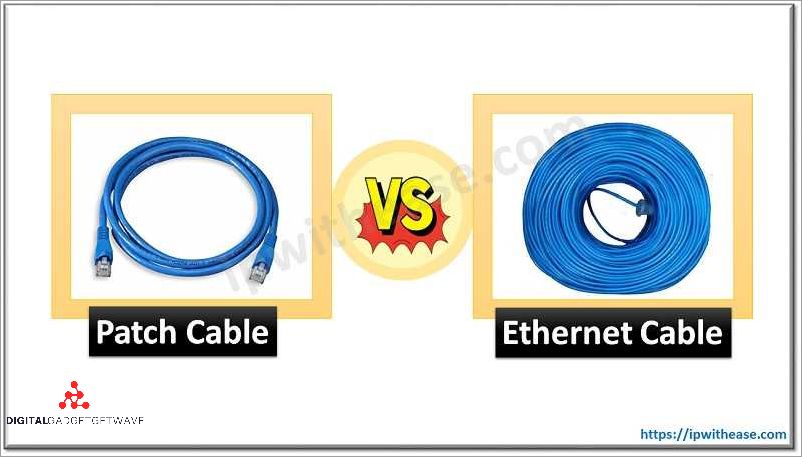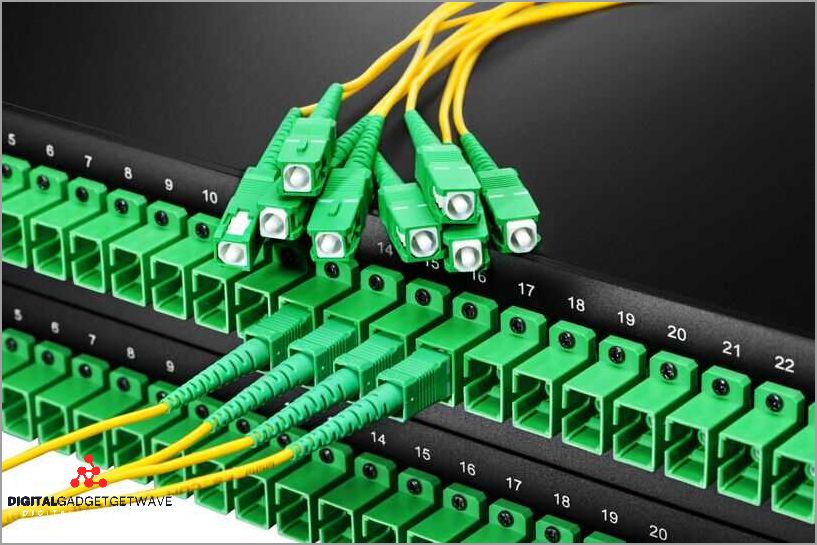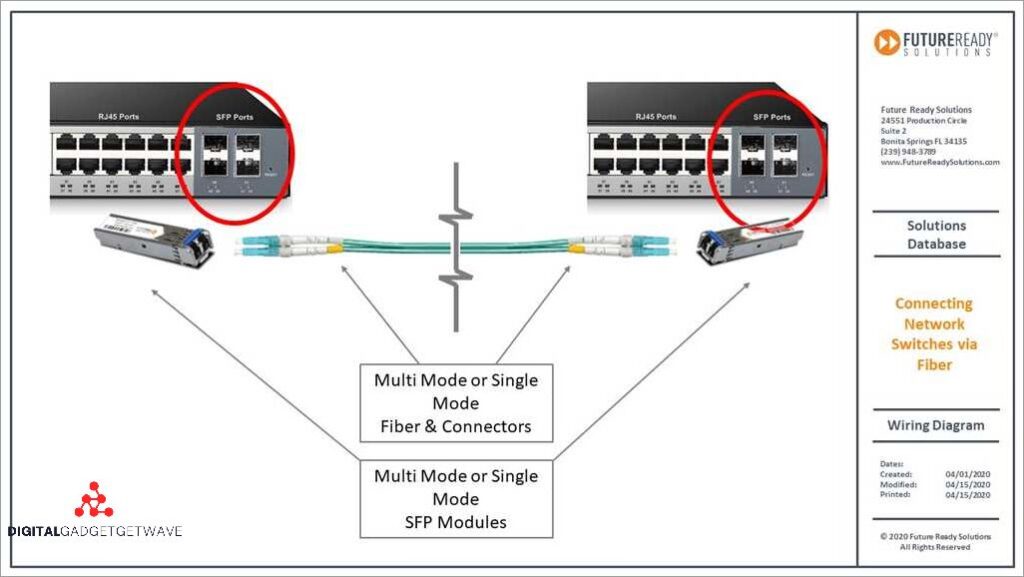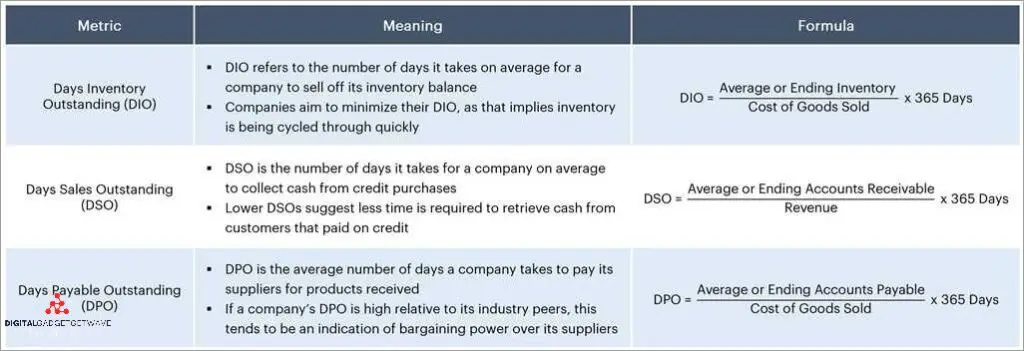Understanding Patch Cables: What they are and how they are used in Networking
A patch cable, also known as a patch cord or jumper cable, is a type of cable that is used to create a connection between two devices in a network. It is primarily used in computer networking to connect devices such as computers, routers, and switches. There are different types of patch cables available, including ...











